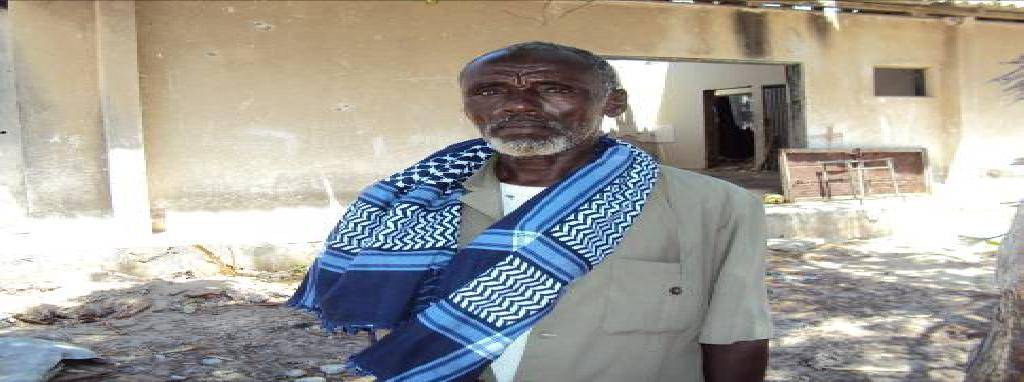Do other people wonder about these things as I do? Here are 7 fundamental questions for boards of education to ask those who recommend routine personnel, curriculum, and budget changes for their schools:
1. How much does it cost for a student to learn /a/ – substitute whatever subject matter you want for /a/, such as reciting an alphabet to completing a syllogism of a biochemical process?
2. Is this cost the same for all teachers in your school(s)? And for all lessons any teacher may offer?
3. How do your costs compare with costs for the same academic performance results in the adjacent school district? Across the state/province? Around the globe?
4. If costs are different, why? (And don’t tell me the tried and blue excuses of differences in human demographics and sociographics among students and households. These appear to contribute to costs in an unnecessary way that maximizes distribution of funding in favor of the political flavor of the day).
5. Does your school report these costs to parents and media?
6. What can educators do so that political candidates can discuss these costs and ways to increase and decrease them?
7. Why don’t educators brag about their efforts to increase instructional and learning efficiency when asking for budget approvals, especially during today’s economic conditions?
I wonder if anyone else also worries about why boards of education don’t demand answers to such questions before approving recommendations for personnel, curriculum and budget changes?
Related Reading
- NESI Conversation 3: Calculating Learning Efficiency
- Rules of Teaching: Digest of a Learners’ View (ALV) of Learning
Last Edited: January 27, 2015


I’m curious how you would place time in your formula for determining cost. For example, a leaner does not have the immediate background to learn the biochemical process and must first learn other steps. This would add time – and skew the ‘efficiency’ idea because the cost would be higher.
That doesn’t reply to the scenario: two learners with different backgrounds. One learner sticks to the one task in your scenario. The second learner (less background) must do an additional task.
<p> </p>
<p>Good point! Yes, monitor time either as clock time or as blocks of trial-and-errors by learners.</p>
<p>Let me go back a moment. Learning, from the research that a learners’ view represents, is the process of connecting dots. The teacher’s job is to show-tell students where the dots are and how to connect them in order to solve the problem the teacher presents. Make those show-and-tells short and concise, offered, say, in 20 seconds for each two dots. (A 20-second-lesson is like a paragraph in writing.)</p>
<p>From ALV, teaching-learning is just forming behavior patterns that learners can use for the next problem.</p>
<p>To plan a HydraLesson, chain the dots together backwards, starting with connecting the last two dots.</p>
<p>So, in each minute of a class, offer three 20 second lessons, that’s 150 of them in a 50 minute class period. It’s no more complicated than that.</p>
<p>If one student takes more time to connect two dots, have that learner move on anyway with the rest of the class, review the steps every so often (that’s a judgment call and a separate issue) so everyone can fill in the steps they missed.</p>
<p>Mechanically, it’s that simple. Rubs occur when the instructor has not planned one or more 20 second lessons clearly enough for learners to follow along. Yes?</p>
<p> </p>